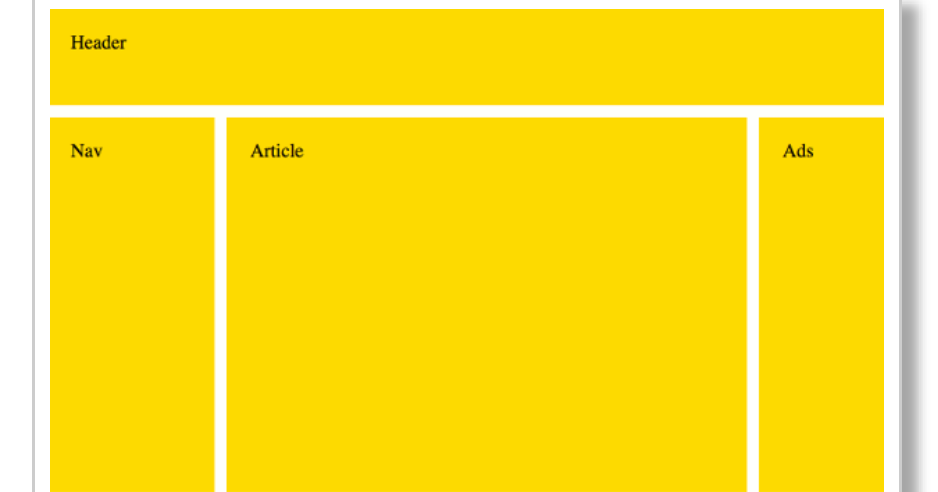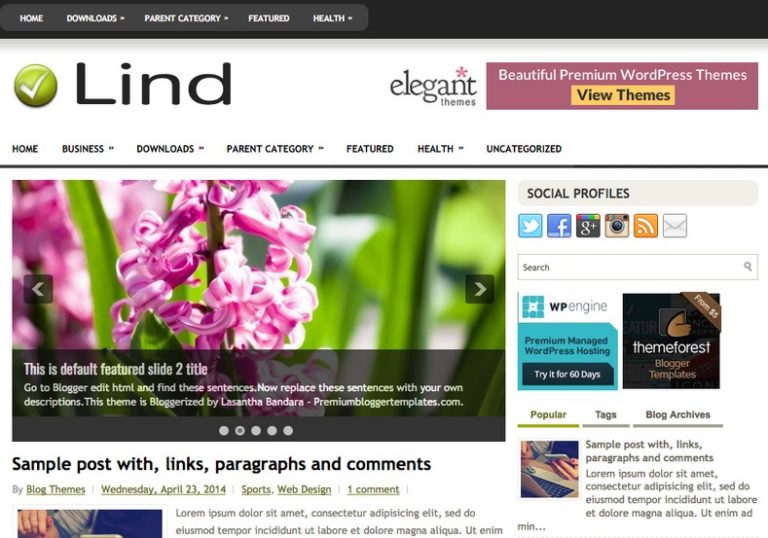

The code required to create this UI is: ui <- fluidPage ( titlePanel ( "Tabsets" ), sidebarLayout ( sidebarPanel ( # Inputs excluded for brevity ), mainPanel ( tabsetPanel ( tabPanel ( "Plot", plotOutput ( "plot" )), tabPanel ( "Summary", verbatimTextOutput ( "summary" )), tabPanel ( "Table", tableOutput ( "table" )) ) ) ) ) This can be accomplished using the tabsetPanel() function. Often applications need to subdivide their user-interface into discrete sections. You can find out more about grid layouts in the Grid Layouts in Depth section below. Grid layouts can be used anywhere within a fluidPage() and can even be nested within each other. The page doesn’t include a titlePanel() so the title is specified as an Spacing between the first and second columns. The offset parameter is used on the center input column to provide custom The inputs are at the bottom and broken into three columns of varying widths. There are a few important things to note here: The code required to implement this UI is as follows: library ( shiny ) library ( ggplot2 ) dataset <- diamonds ui <- fluidPage ( title = "Diamonds Explorer", plotOutput ( 'plot' ), hr (), fluidRow ( column ( 3, h4 ( "Diamonds Explorer" ), sliderInput ( 'sampleSize', 'Sample Size', min = 1, max = nrow ( dataset ), value = min ( 1000, nrow ( dataset )), step = 500, round = 0 ), br (), checkboxInput ( 'jitter', 'Jitter' ), checkboxInput ( 'smooth', 'Smooth' ) ), column ( 4, offset = 1, selectInput ( 'x', 'X', names ( dataset )), selectInput ( 'y', 'Y', names ( dataset ), names ( dataset )]), selectInput ( 'color', 'Color', c ( 'None', names ( dataset ))) ), column ( 4, selectInput ( 'facet_row', 'Facet Row', c ( None = '.', names ( dataset ))), selectInput ( 'facet_col', 'Facet Column', c ( None = '.', names ( dataset ))) ) ) ) Here’s an example of a UI with a plot at the top and three columns at the bottom that contain the inputs that drive the plot: Each unit of offset increases the left-margin of a column by a whole column. You can move columns to the right by adding the offset parameter to the column() function. It’s also possible to offset the position of columns to achieve more precise control over the location of UI elements. The first parameter to the column() function is it’s width (out of a total of 12 columns). To illustrate, here’s the sidebar layout implemented using the fluidRow(), column() and wellPanel() functions: ui <- fluidPage ( titlePanel ( "Hello Shiny!" ), fluidRow ( column ( 4, wellPanel ( sliderInput ( "bins", label = "Number of bins:", min = 1, value = 30, max = 50 ) ) ), column ( 8, plotOutput ( "distPlot" ) ) ) )

Column widths are based on the Bootstrap 12-wide grid system, so should add up to 12 within a fluidRow() container. Rows are created by the fluidRow() function and include columns defined by the column() function. The familiar sidebarLayout() described above makes use of Shiny’s lower-level grid layout functions.

For example, to position the sidebar to the right you would use this code: sidebarLayout ( position = "right", sidebarPanel ( # Inputs excluded for brevity ), mainPanel ( # Outputs excluded for brevity ) ) Grid Layout Note that the sidebar can be positioned to the left (the default) or right of the main area. Here’s the code used to create this layout: ui <- fluidPage ( titlePanel ( "Hello Shiny!" ), sidebarLayout ( sidebarPanel ( sliderInput ( "bins", label = "Number of bins:", min = 1, value = 30, max = 50 ) ), mainPanel ( plotOutput ( "distPlot" ) ) ) ) This layout provides a sidebar for inputs and a large main area for output: The sidebar layout is a useful starting point for most applications.
#Two column responsive layout template upgrade
To upgrade to a more recent version and/or implement custom Bootstrap themes, check out the application themes article. Segmenting layouts using the tabsetPanel() and navlistPanel() functions.Ĭreating applications with multiple top-level components using the navbarPage() function.Īll these features are made available via Bootstrap, an extremely popular HTML/CSS framework (though no prior experience with Bootstrap is assumed).

This guide describes the following application layout features:Ī sidebarLayout(): for placing a sidebarPanel() of inputs alongside a mainPanel() output content.Ĭustom layouts using Shiny’s grid layout system (i.e., fluidRow() & column()). Shiny includes a number of facilities for laying out the components of an application.


 0 kommentar(er)
0 kommentar(er)
